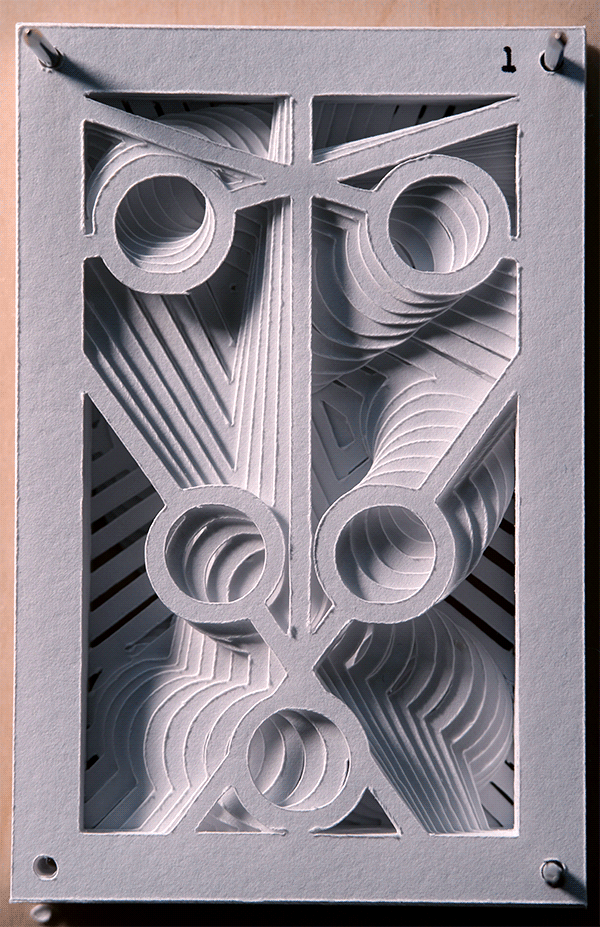Touhou nerd that also writes reviews of anime no one cares about. Distance is the best racing game. I'm a developer, but right now I'm focused on modding Distance
Last active 2 hours ago
Don't wanna be here? Send us removal request.
Photo




#everyday #trapcodeTAO @hexeosis inspired @AnimatedLoop setup
16 notes
·
View notes
Photo



A 50 page compilation book of TenShion shenanigans.
https://hane888.booth.pm/items/6819706
18 notes
·
View notes
Text
It feels weird that 4chan is just gone now. I lurked on that site so I could laugh at the absolute depravity on there. The imageboard format promoted actual conversation, so it was better than using Twitter for that purpose, but since it's dead now I don't have a place to do that.
Well I'll just find another terrible place to lurk.
1 note
·
View note
Text
Even Yukari, who can manipulate the boundary between anything, clearly has her limits. There's a clear range limit to where she can place gaps. She couldn't simply warp to the moon, she had to use a full moon's reflection on a lake to do it. She couldn't warp directly to the top of Youkai Mountain, she had to use multiple gaps to get there.
Theoretically, she could create anything through boundary manipulation, but we never see her do that. She always uses something that already exists. Theoretically, she should be able to manipulate time, but again, she never does this. I don't see this as her choosing not to as there are way too many opportunities for her to do so instead of choosing an inferior boundary manipulation. She simply can't do it.
Heck, I'm fairly certain Yukari can't manipulate a boundary without physically having a gap somewhere.
How does she get into the dream world? Probably used someone who was sleeping to do it.
How does she manipulate the boundary between night and day? Well that's light, the gaps just need to manipulate where the lights go. Gensokyo's own barrier was probably messed with to achieve the effect.
How can she manipulate boundaries between seasons? Well remember when people were physically gathering Spring? Like light, the gaps just need to manipulate where the seasons go.
If you can find a way to disrupt Yukari's gap then you can probably stop her boundary manipulations. She might state she has no weakness, but her weakness is that her gaps exist.
Well, I say that, but I can't prove that as there is no canonical explanation for how she achieves each feat she pulls off or claims she can pull off in canon. That's my own headcanon until proven right or wrong.
Either way, my overall point is that she has her limits. Yukari can't just delete the universe with a boundary manipulation, she isn't completely untouchable like much of fanon might make you believe.
#yukari yakumo#touhou#i had this post in my drafts for over a year#this was written back when I became aware of how powerscalers treat touhou characters#tired of seeing it in my drafts im just posting it
11 notes
·
View notes
Text

I have never played Touhou and I know nothing about it but the songs are good and this girl is very cool
52 notes
·
View notes
Text
Every day I fight this with every fiber of my being. None of Distance's modding resources are entirely reliant on Discord. It is all searchable. Video tutorials, written tutorials, whatever you need, you don't NEED to be on the discord to figure it out.
Discord was the worst thing to ever happen to modding, like yes pls put all of those helpful tutorials and tips on a platform that is impossible to search for and definitely isn't known to randomly implode due to petty infighting. Great Idea.
5K notes
·
View notes
Text
Reisen and Junko are homies to me i don't care how the fanon portrays their relationship they would be drinking buddies.
7 notes
·
View notes
Text

I took advantage of the fact that Touhou 20 and SBR were announced on the same day and did this
569 notes
·
View notes
Text
If I ever actually finish and release a game I'm gonna set the face buttons to N,E,S,W instead of A,B,X,Y just to make people feel emotions.
1 note
·
View note
Text
You have to remind yourself that people just don't know things. They might genuinely not know. They never knew that. No one told them that. They never learned that.
And that could be you as well.
2 notes
·
View notes
Text
Wait what if a book is no longer in the library. Can Koakuma still find it?
Holy shit is that why they don't resist Marisa stealing a book? It literally doesn't matter what she does with it, Koakuma knows where it is.
1 note
·
View note
Text
I feel bad for the people still playing Roblox. I know there are good games on there, but there are just so many better digital game stores to browse.
I know Roblox makes game dev accessible packed wirh its own store, but modding and level creation is a thing in so many other games.
There are better places to play games than Roblox, which is filled to the brim with games that use every greedy money-hunger game dev practice imaginable. They're filled with grifts. The Roblox company does not care about its players. It's actually insane. Kids shouldn't be on there.
1 note
·
View note
Text

Pixiv Request Commission of Eggman impressing Elise. Based on the fandub. Of course the first Sonic-related commission I've done had to be from Sonic oh Six.
908 notes
·
View notes




